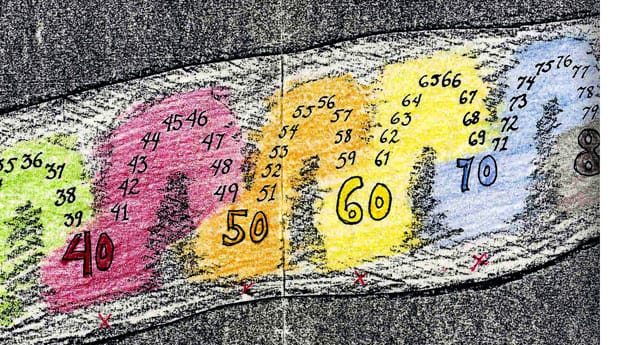Let’s develop a game that teaches us synesthesia.


You probably already associate colors, letters, and numbers more than you realize. When you were a child, you learned that A is a red apple and C is a yellow cat. If you were weird when you were a child, like me, you might have imagined backstories and personalities for your alphanumeric friends. The number 2 was magnanimous and sympathizing, but 3 was overbearing and pretentious. And I’ve always felt that 5 was particularly orange for some reason. People with synesthesia, though, actually visualize associations like these every time they read.
According to neuroscientist V.S. Ramachandran, the phenomenon is likely due to a cross-wiring that happens naturally in the brain, resulting in any number of mixed sensory perceptions. A number of writers, painters, and composers are thought to have been synesthetes, and some believe that synesthesia may provide an insight into metaphorical language—things like “I see what you mean,” or “That sounds rough.”
Recently, an article that appeared in The Atlantic pointed to the possibility that synesthesia is not only natural, but it can be self-taught with practice. I wonder if we can develop a game that helps you ‘learn’ synesthesia. Videogames are after all an inherently synesthetic medium; they regularly fuse audio, visual, and haptic content. For some games—and by some, I mean Dyad—this collage of sensations is their raison d’être.



